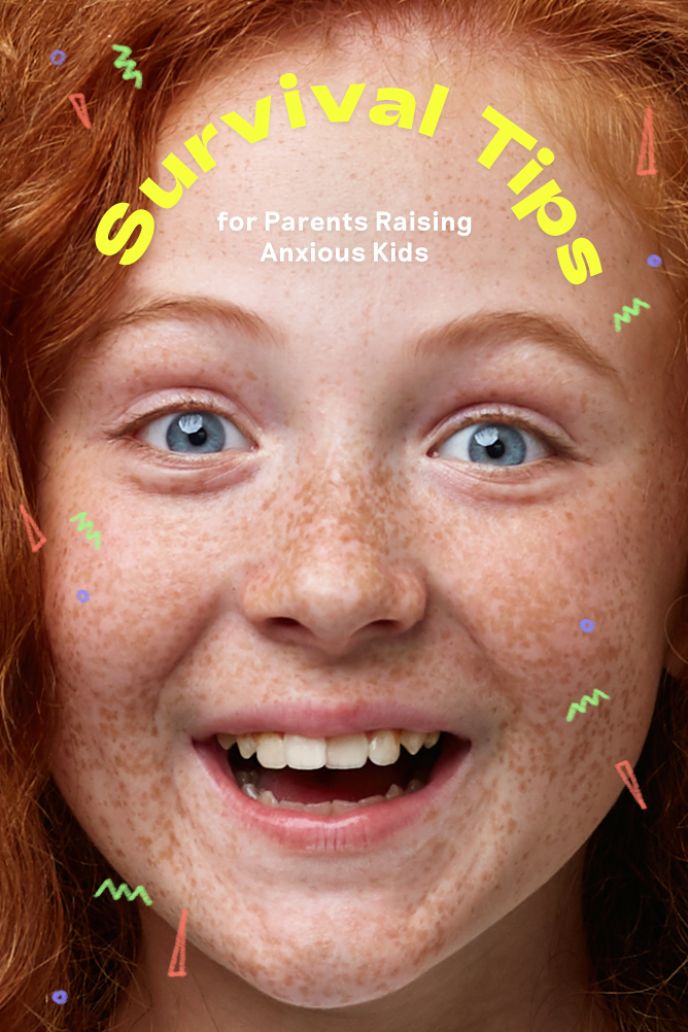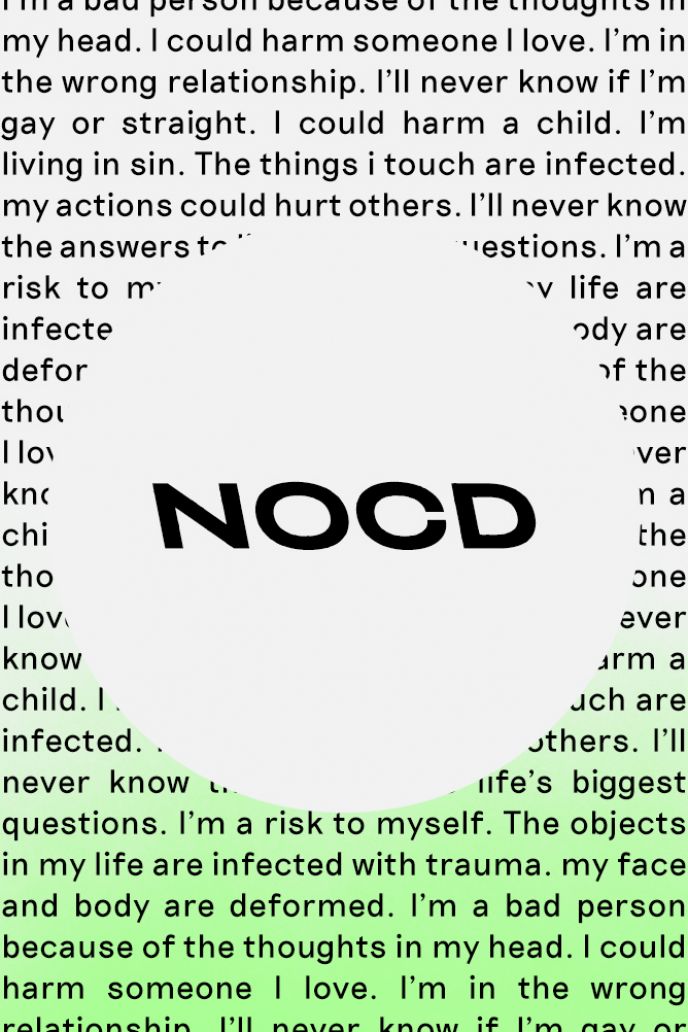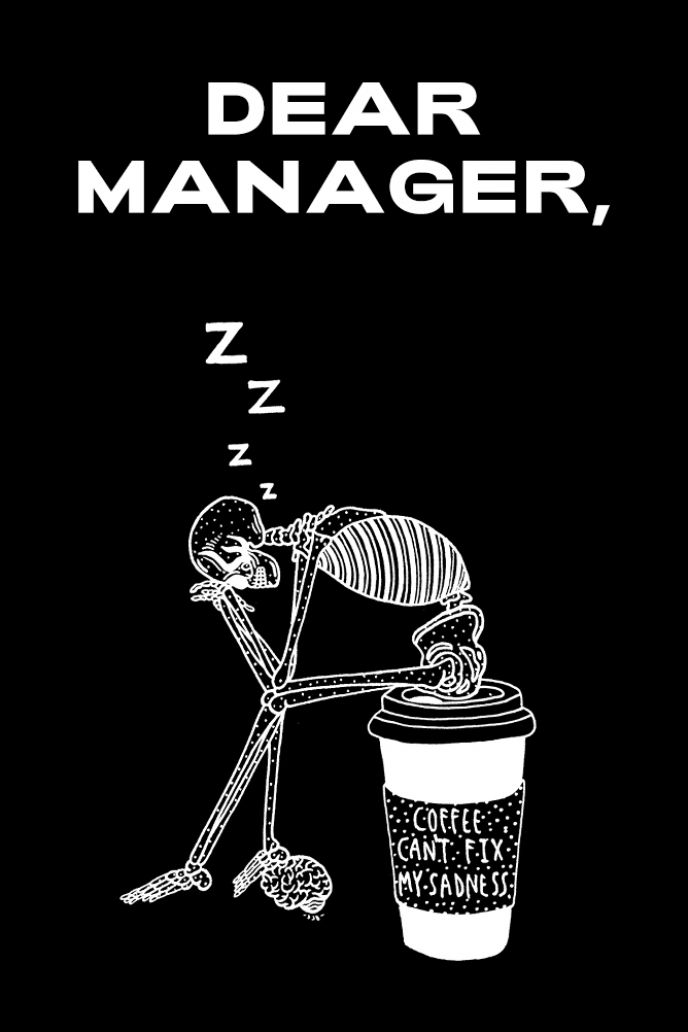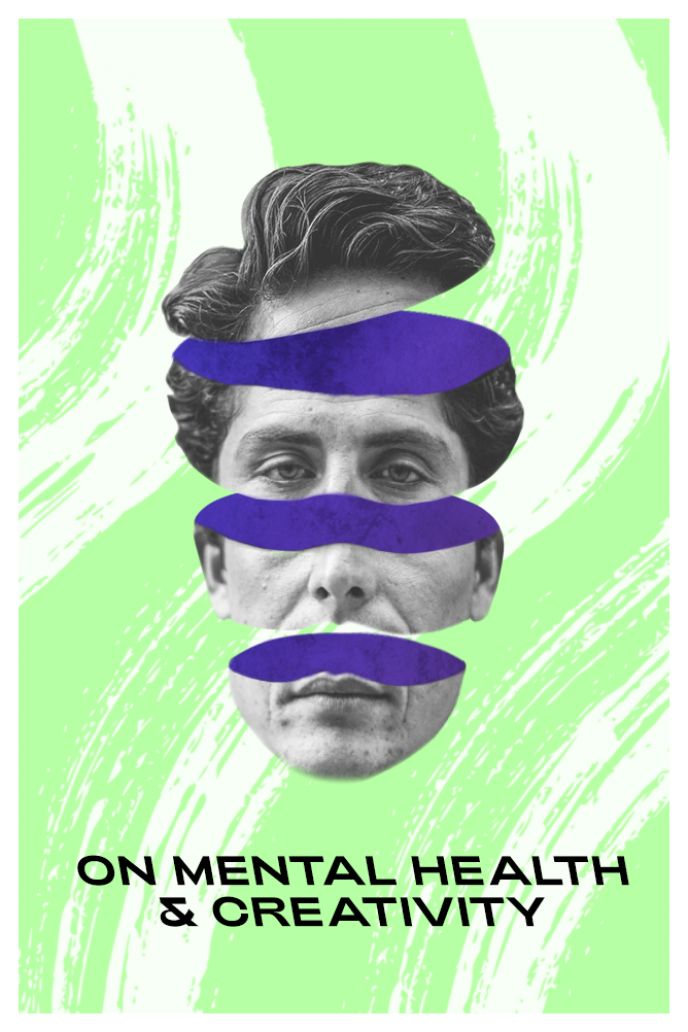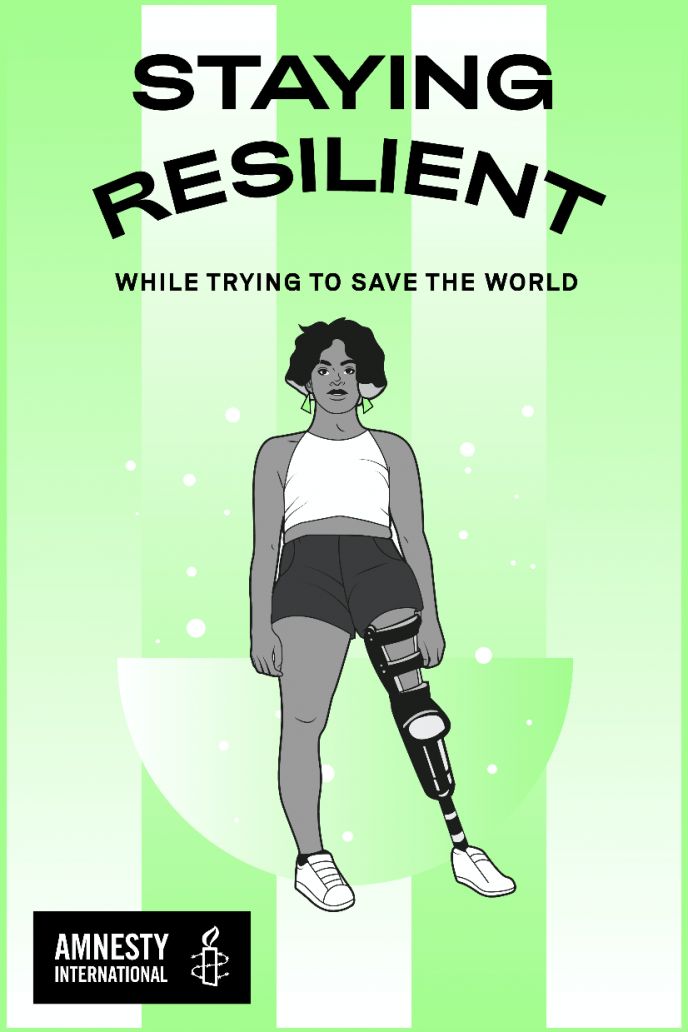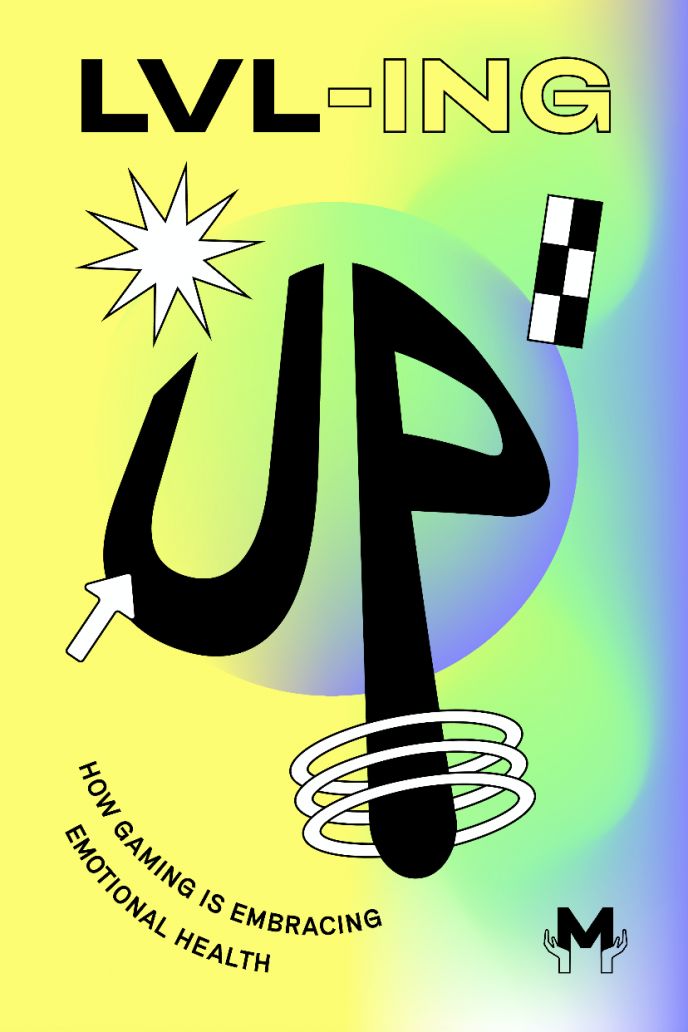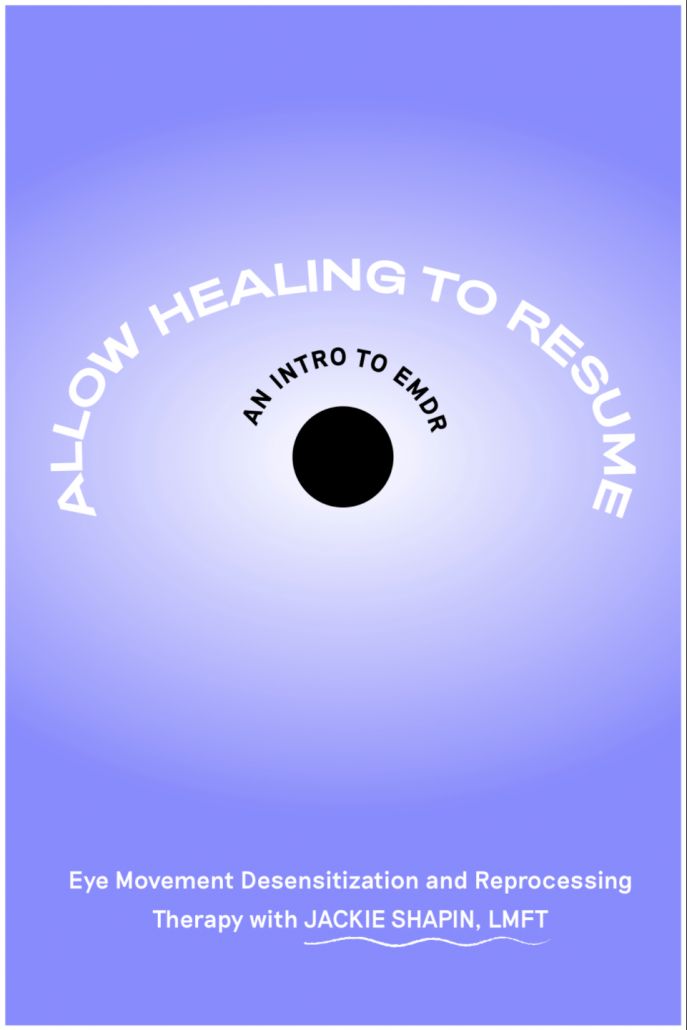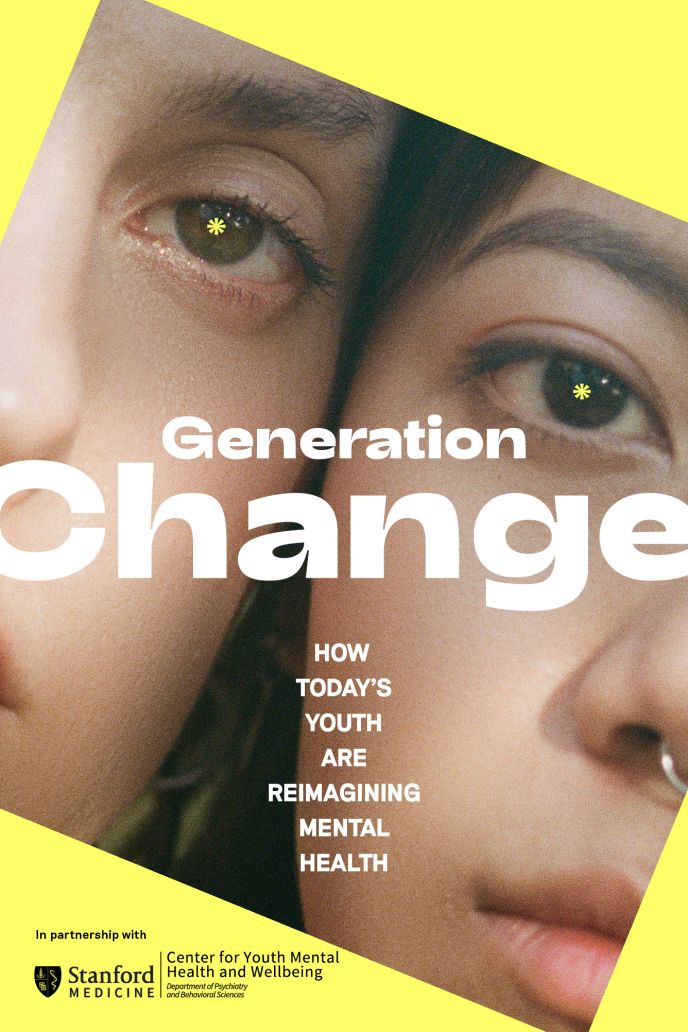Symptoms Explained: What is Maladaptive Daydreaming?
We all get lost in our head at times, but what happens when these fantasies become too frequent?
Written by Made of Millions Team
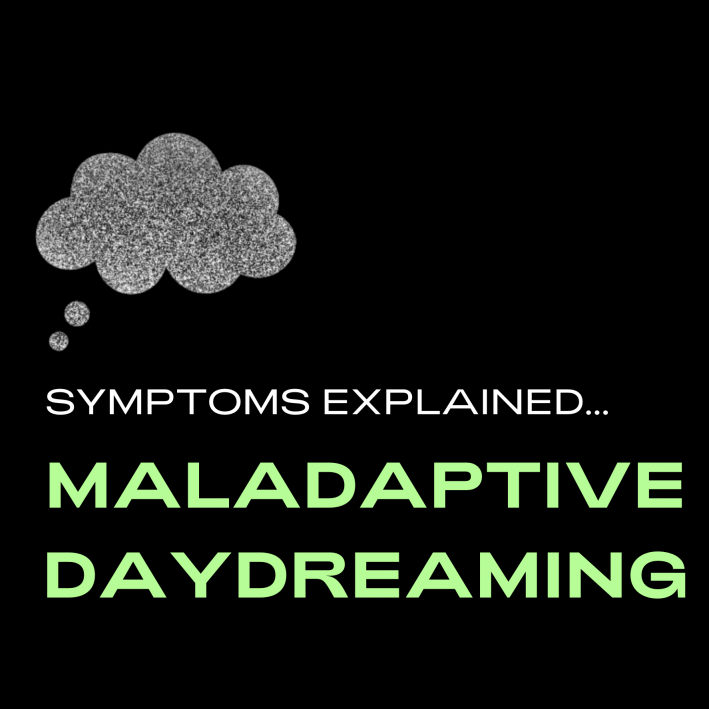
01 Maladaptive daydreaming is when a person experiences frequent and intense daydreams.
02 Many people desire these dreams and find it difficult to stop.
03 While maladaptive daydreaming isn't a diagnosable condition, mental health professionals may have checklists to help identify symptoms, and employ relevant therapy techniques to help patients cope.
What is maladaptive daydreaming?
Maladaptive daydreaming, or excessive daydreaming, is when a person experiences frequent and intense daydreams. These episodes go beyond what we typically associate with “mind wandering” and can involve vivid fantasies with complex characters and plots.
When someone daydreams, they may display physical behaviors, such as moving their hands, mouthing conversations, crying, laughing, and pacing around. Maladaptive daydreaming can feel similar to dissociating, as people get so absorbed in their daydreams that they are disconnected from reality.

What is Maladaptive Daydreaming?
What triggers maladaptive daydreaming?
Maladaptive daydreams can be triggered by stimuli, such as a song, smell, news story, conversation topic, or physical touch. For example, imagine trying to get work done when your favorite song comes on. Suddenly, you’re imagining yourself in wild scenarios as the song plays. Many people experience this and move on once the song ends, but those with maladaptive daydreaming can be triggered into daydreaming for hours.
Symptoms of maladaptive daydreaming
Unlike regular daydreaming, maladaptive daydreaming causes real distress. Many people are aware that their daydreaming is disruptive, but find it difficult to stop. Some people have a desire to stay locked into these dreams and even report being addicted to them.
A key symptom of maladaptive daydreaming is spending excessive hours daydreaming, to the point where it disrupts daily functioning. Someone may have trouble paying attention in school, at work, during conversations, or while completing tasks such as eating or exercising. Daydreaming may also lead to insomnia and anxiety.
The content of the daydreams varies, but they are typically intricate and involve different characters and storylines. These dream worlds grow over time, which differs from regular daydreams that are often random thoughts we get day to day. Some themes may involve lighter topics such as living out career or relationship goals. Other themes may be darker, such as imagining life or death scenarios.
Researchers theorize that the urge to daydream may be caused by trauma. For example, someone who has experienced childhood abuse may spend their adulthood daydreaming about different scenarios in which their younger self was rescued.
Can you be diagnosed with maladaptive daydreaming?
Although it’s not recognized as a formal diagnosis, some doctors will use checklists to determine if someone is engaging in maladaptive daydreaming. Some of these questions may involve asking about how strong the desire is to daydream, how much daydreaming disrupts life functioning, what someone is willing to do in order to daydream, and what helps intensify the daydreams.
People often report it alongside conditions and symptoms like OCD, PTSD, depression, psychosis, and especially, ADHD. One 2017 study found that 77% of participants with ADHD experienced maladaptive daydreaming.
Related Conditions
Can you cure maladaptive daydreaming?
Because there is no official diagnosis for maladaptive daydreaming, there is also no cure. However, a mental health professional may employ relevant therapy techniques to help patients cope.
For example, they may use mindfulness or CBT to encourage someone daydreaming as an escape mechanism to get comfortable with tough feelings or situations. Some professionals look at the root cause — trauma, anxiety, depression, ADHD — and treat those conditions in hopes that the maladaptive daydreaming will be fixed alongside them.
So, if you’re retreating further and further into secret narratives in your head, it might be time to chat with your doctor. It’s important for mental health professionals to take a full assessment so that they can personalize treatment and find what works best for you.
Support our work
We’re on a mission to change how the world perceives mental health.


